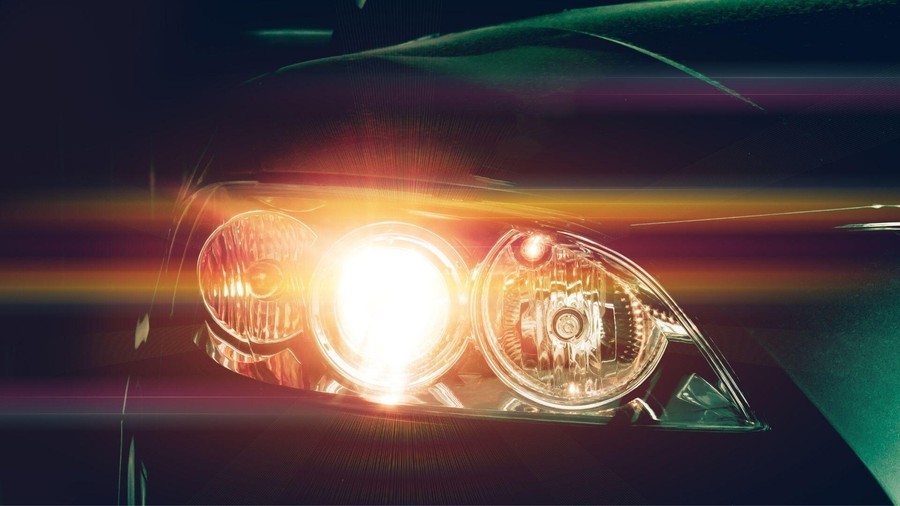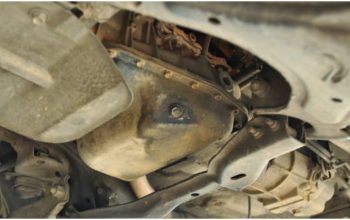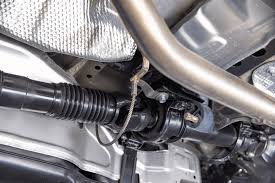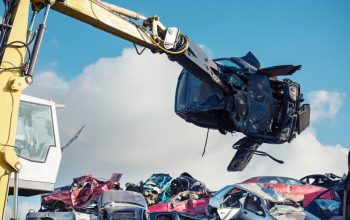Aftermarket car headlight parts offer a diverse range of options manufactured by companies other than your vehicle’s original manufacturer. This includes everything from individual bulbs and replacement lenses to complete headlight assemblies. A primary draw is often the lower price point compared to OEM parts. However, this cost-effectiveness can come with trade-offs. Aftermarket headlight components exhibit significant variations in quality, fit accuracy, and overall performance. Opting for a cheaper alternative might compromise the brightness, beam pattern, and durability of your car’s headlights. Therefore, it’s crucial to carefully research and select reputable brands to ensure optimal visibility and safety on the road. Evaluating the materials used and reading customer reviews can help mitigate potential risks associated with inferior aftermarket parts.
How Poor-Quality Parts Affect Headlight Performance
One of the biggest issues with low-grade aftermarket headlight parts is inconsistent performance. Inexpensive bulbs may not provide sufficient brightness or may burn out quickly. Poorly designed housings can lead to misaligned beams, reducing nighttime visibility and increasing the risk of glare for oncoming drivers. In some cases, aftermarket components fail to seal properly, allowing moisture and dirt to infiltrate the headlight, which accelerates wear and causes cloudy lenses or electrical shorts.
Compatibility and Electrical Issues
Aftermarket headlight parts that are not precisely engineered for your vehicle model can create compatibility problems. Wiring connections may not align correctly, or the component may draw more power than intended, placing stress on your car’s electrical system. This can result in flickering headlights, blown fuses, or even damage to the headlight control module. Additionally, advanced features such as adaptive lighting or auto-leveling systems may not function properly with incompatible aftermarket parts, diminishing the safety and convenience features of your vehicle. Choosing the Auto Repair in New Orleans, LA based service would be essential here.
Regulatory Compliance and Safety Concerns
Not all aftermarket headlights meet local or federal safety regulations. OEM parts are designed and tested to comply with strict standards regarding beam pattern, color temperature, and brightness. Aftermarket parts that lack certification may produce light patterns that are too bright, too dim, or improperly focused, all of which can compromise safety and potentially make your vehicle illegal to drive. This is particularly important when selecting LED or HID conversion kits, which may not be road legal without proper reflectors or projectors.
Choosing Reliable Aftermarket Solutions
Despite the risks, not all aftermarket parts are problematic. Many reputable brands produce high-quality headlight components that match or even exceed OEM standards. The key is to research and choose parts that are specifically designed for your make and model, preferably with certifications such as DOT (Department of Transportation) or ECE (Economic Commission for Europe) approval. Installation by a qualified technician further ensures optimal performance and safety. Investing in reliable aftermarket parts may save you money while maintaining or improving your vehicle’s headlight functionality.
Conclusion:
While aftermarket car headlight parts offer cost-saving opportunities, their impact on performance and safety depends heavily on quality and compatibility. Choosing trusted brands and professional installation ensures your headlights provide reliable illumination and maintain compliance with safety standards—keeping you and others safe on the road.




